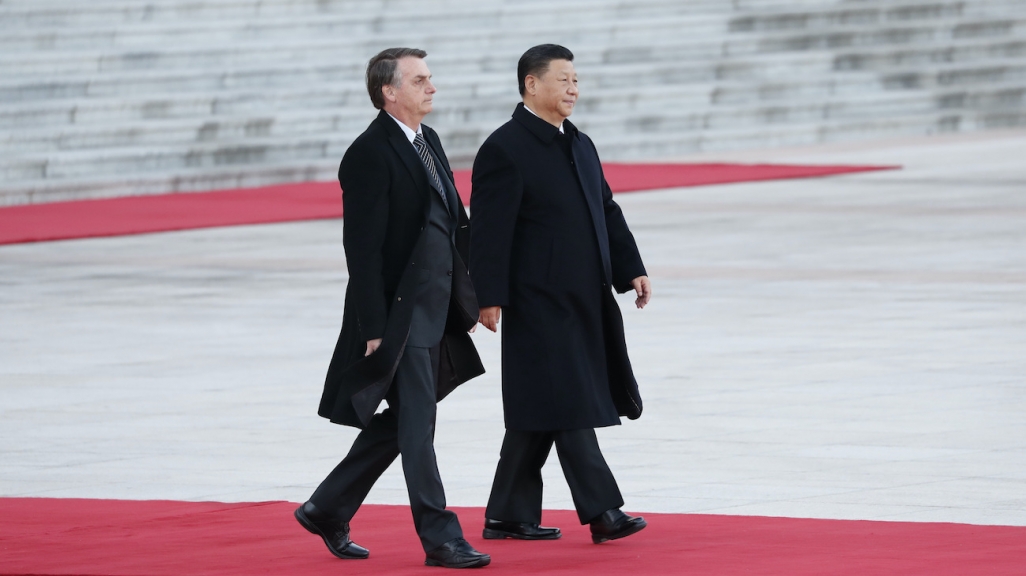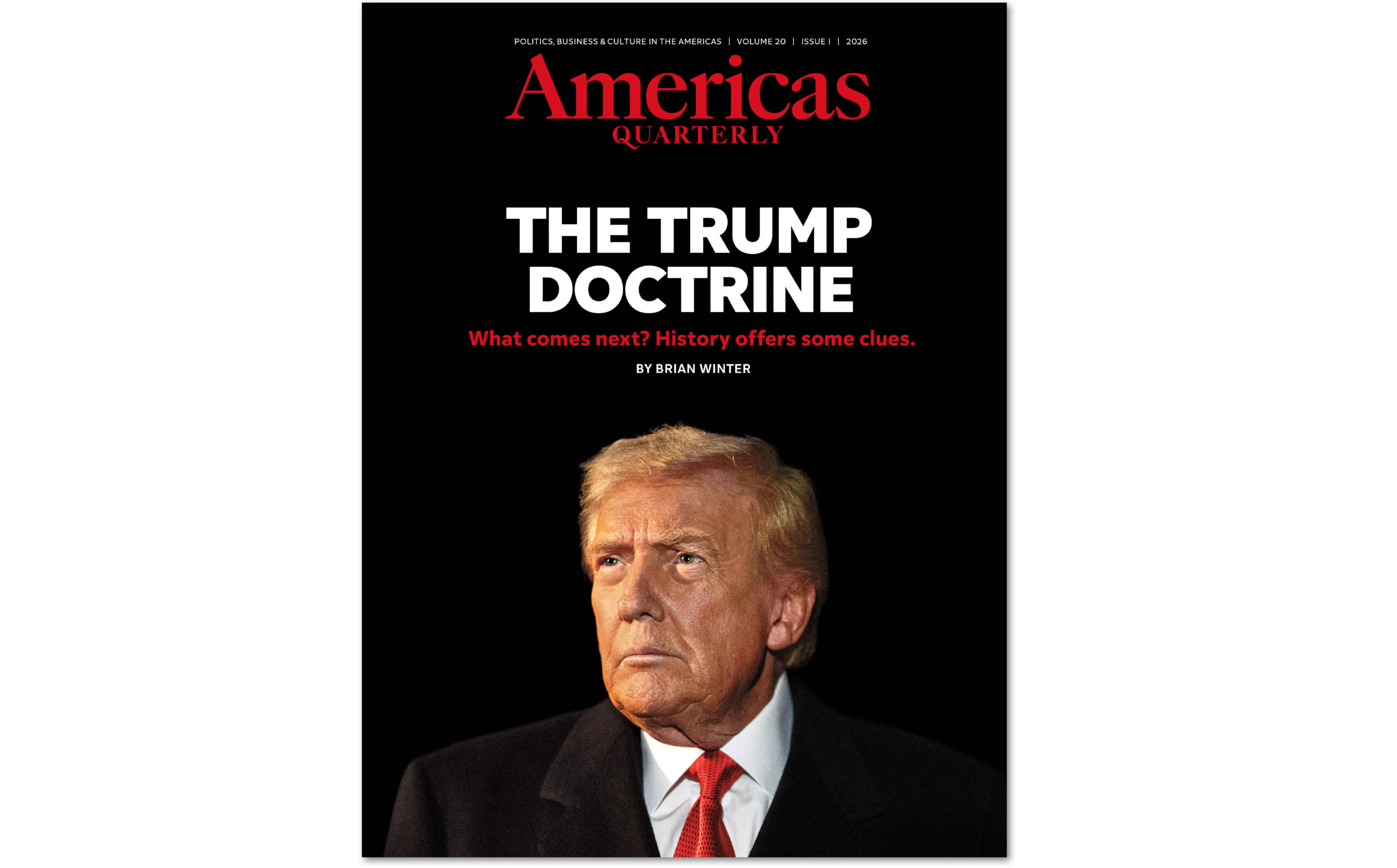Latin America Looks East
Latin America Looks East
"Long-standing assumptions about the so-called U.S. sphere of influence in the Western Hemisphere now need to be revisited," writes AS/COA's Brian Winter in Foreign Affairs.
Today, Latin America is just as polarized as the rest of the West, riven by bitter debates and Twitter wars over everything from “gender ideology” to how best to revive economies ravaged by COVID-19. But there is one emerging consensus on which many Latin American politicians on both the left and the right surprisingly agree: in the escalating global confrontation between China and the United States, their countries should pursue a truly independent or nonaligned path. This posture, which appears set to deepen following elections this year in bellwether giants Brazil and Colombia, is arguably the region’s most important foreign policy development since the end of the Cold War.
The drift toward a middle ground between China and the United States began in the early years of this century, well before China had amassed anything like the influence it enjoys today. Just as a long period of alignment with Washington and an accompanying swing toward democracy and open markets began to fray, China began its extraordinary incursion into the region. Chinese trade with Latin America and the Caribbean soared from $18 billion in 2002 to a whopping $450 billion in 2021, driven by demand for commodities such as soy, iron ore, and crude oil. In recent years, even right-of-center, pro-American leaders in the region, such as Brazilian President Jair Bolsonaro, Chilean President Sebastián Piñera, and Colombian President Iván Duque, have shrugged off repeated warnings from Washington about the risks of economic entanglement with China and have welcomed a flood of Chinese investment and technology, including equipment for 5G networks in several countries, lithium fields in Chile, and the construction of a new subway in Bogotá. Today, China is the second-largest trading partner for Latin America as a whole and the biggest trading partner for Brazil, Chile, Peru, and Uruguay. Just this month, the presidents of Ecuador and Argentina traveled to Beijing, with the former seeking to negotiate a new trade agreement and the latter announcing that Argentina would become the biggest country in the region to date to fund infrastructure improvements by participating in China’s Belt and Road Initiative (BRI).
Throughout this dramatic rise, the Chinese have been welcomed by many as “the new gringos”—a fresh-faced, alternative partner to the United States, free of the baggage accumulated over 200-plus years of often imperialist U.S. behavior. But until recently, there was a quiet belief in most Latin American capitals, as well as in Washington, that if push came to shove—if the world fractured into blocs in the wake of a Chinese invasion of Taiwan, for example—most countries would ultimately fall in line with the United States, as they mostly did during the Cold War. Latin America is, after all, considered a part of the Western world. It is overwhelmingly democratic and harbors deep business and cultural ties with the United States—where, not insignificantly, a considerable percentage of its population lives…









